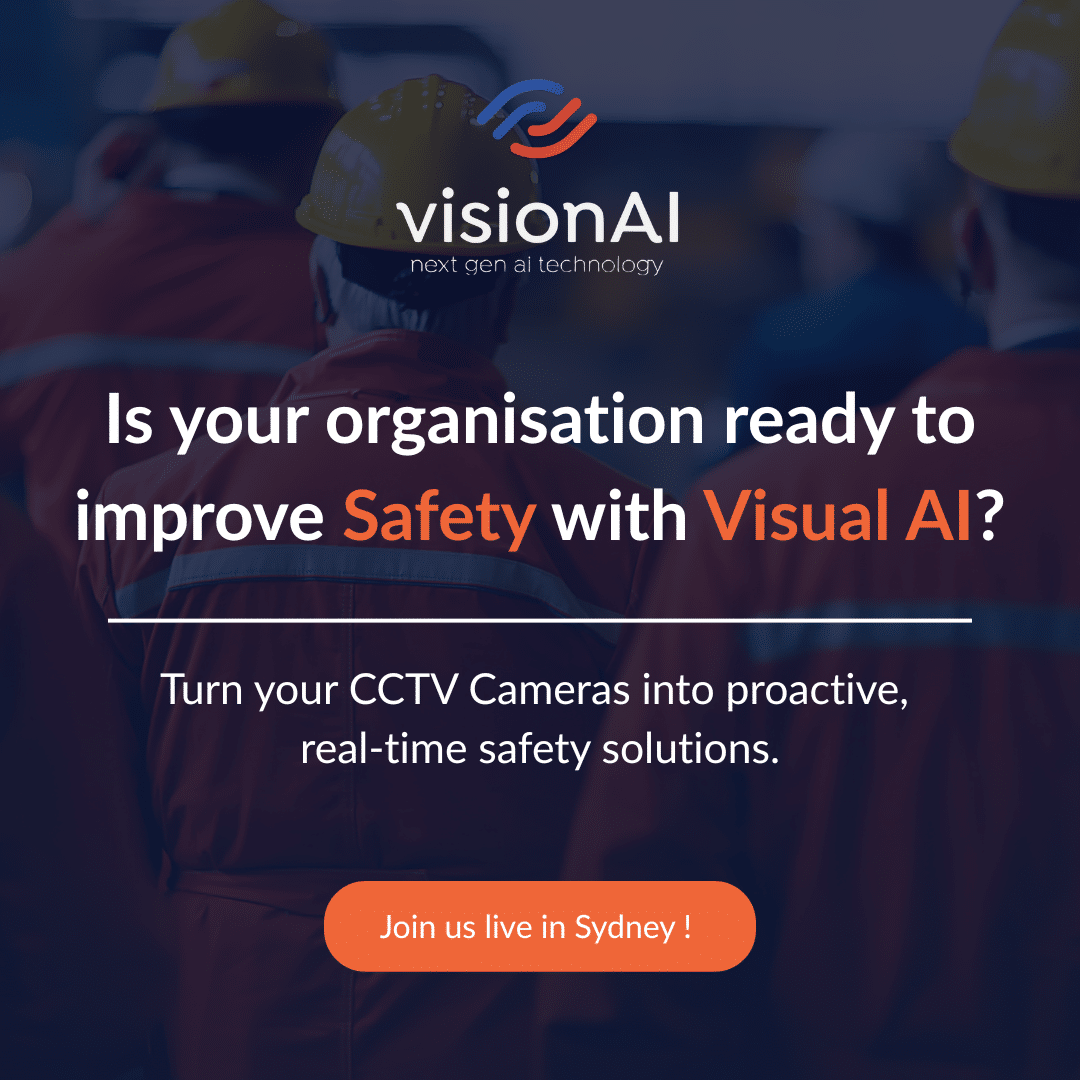
The South African government is currently deploying over 800 members of the SANDF to Eskom power stations – at a cost of over R145-million – to try and safeguard them against rampant crime and sabotage. Last year some 2 700 soldiers were deployed – an effort that cost taxpayers some R200 million.
Yet loadshedding continues unabated at unprecedented levels.
But what is the alternative? Is there a better way to curb the damage inflicted on the country’s critical infrastructure?
A solution could lie in smart technology that is already being widely used in the manufacturing industry not only for security, but also for a whole lot more.
Simply referred to as “computer vision” technology, it’s defined by Microsoft as “a field of computer science that focuses on enabling computers to identify and understand objects and people in images and videos.”
According to Johann de Wet, Chief Revenue Officer at visionAI (a Mint Group company), while chatbots like ChatGPT have been grabbing the headlines and generating enormous excitement and predictions of revolutionary change to work and life as we know it, computer vision technology has quietly been forging its own revolution.
“It’s ushering in a new era in productivity and precision, in manufacturing and across a host of other industry and economic sectors by automating tasks that may be difficult for humans to monitor at all times. It also has enormous potential across many industries that depend on physical human actions that are business critical,” he says.
“There are often instances where a supervisor lacks line of sight of something important and this could lead to a vital clue that something is not as it should be being missed.
“Similarly, there are organisations that depend on CCTV to pick up on potential problems in a process, be those mechanical, human error or deliberate. However, having a human stare at a CCTV monitor all day, waiting and watching for something specific to happen or not happen is mind-numbingly boring and a waste of talent that could be more gainfully employed. It is also costly, unsustainable and not particularly effective. It’s estimated that only about 1% of video footage is ever watched. And even then, humans blink, they get tired and rub their eyes, they get distracted.”
And what a supervisor or CCTV ‘watcher’ may miss could be something as potentially reputation-destroying as allowing a substandard widget to slip through the quality control process, or an employee in a bakery accidentally filling the sugar hopper with salt. But it could also be fatal – think what could happen if employee error leads to the accidental contamination of the production process in a pharmaceutical manufacturing facility.
De Wet points out that computer vision technology is not only being used to prevent negative consequences, but also to boost productivity. For example, manufacturers generally rely on expensive, critical machinery – machines that depend on human operators to function optimally. In this scenario, computer vision technology can help track and analyse the actions of the machine operator, identify inefficiencies and provide insights for improvement. This leads to cost savings and improved output.
In addition, accidents and damage to machinery could be prevented by tracking human movement and detecting anomalies, including unauthorised access and unsafe behaviour.
From a security perspective, computer vision technology could also potentially identify sleight-of-hand, petty theft of items that don’t make it from the assembly line to the dispatch department. And it could even identify – and possibly issue an alert – about deliberate sabotage of expensive equipment by a disgruntled or bribed employee who, for example, quickly opens an incorrect valve or drops a screwdriver into a moving machine part.
Does this mean that computer vision technology is set to replace humans on the factory floor – or in security and surveillance operations?
“No,” says De Wet. “In the manufacturing arena, humans will always be essential for critical functions that computers cannot replicate. For example, the quality control process in a food manufacturing environment requires sensory evaluation – taste, touch and smell – that is beyond technology’s capabilities.
“Computer vision technology is not about replacing the people who monitor processes, but rather equipping them with a better, easier way to collect the key data they require to be effective. For example, instead of watching eight hours of video for a handful of critical moments, computer vision can detect when those critical moments occur, present snapshots of data to review and therefore transform what is an ineffective, soul-destroying eight-hour chore into an effective, accurate review that takes a few minutes.”
Like many emerging technologies – albeit that it has been around for almost a decade – computer vision has taken time to become not only accessible, but also affordable.
It has started to be incorporated into expensive technology solutions by, for example, hardware-centric companies like CCTV suppliers adding intelligence to their home surveillance systems; or automotive robotics suppliers adding computer vision to their assembly bots and so on. Other technology providers have also started focusing on building platforms that enable data scientists and software development teams to access powerful computer vision capabilities, thus making them available to large organisations with big budgets and highly skilled data science teams.
Now, with growing interest from smaller organisations wanting to utilise computer vision technology, what’s become known as ‘computer vision first’ companies – as opposed to hardware-centric providers – are coming to the fore and democratising computer vision. They are opening up the market by offering easy-to-implement, easy-to-use, flexible products that can be utilised with existing CCTV or other cameras and can be implemented within significantly reduced timeframes – days or weeks instead of months.
“This is contributing to making computer vision considerably more accessible and cost-effective across a wide spectrum of uses,” De Wet concludes.




